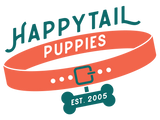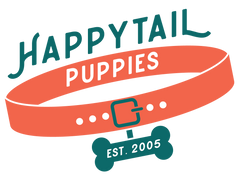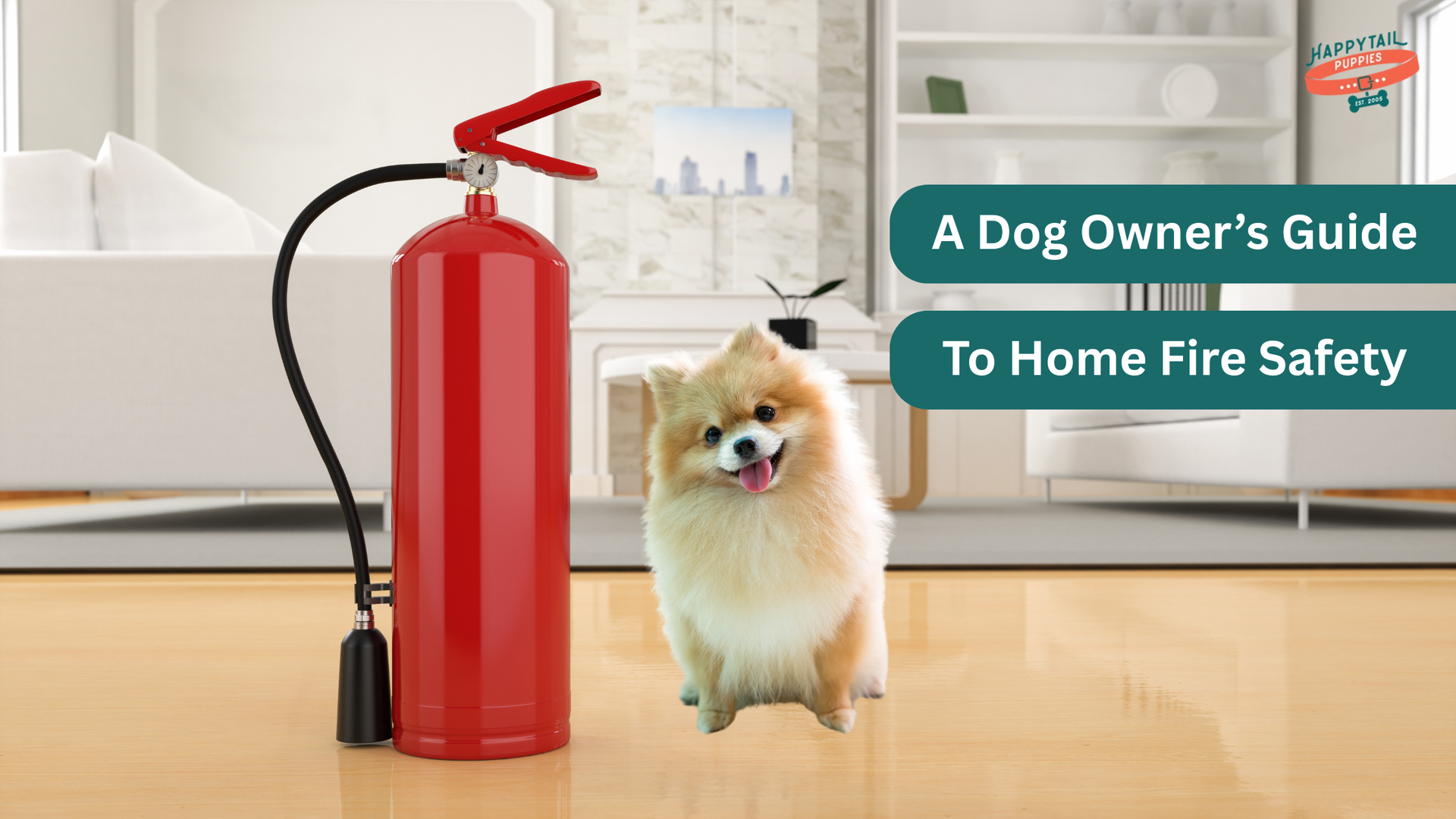A Dog Owner’s Guide to Home Fire Safety
The thought of your dog in a house fire is horrifying. However, knowledge, preparation, and simple measures are vital for preventing and surviving a fire. This comprehensive guide covers recognizing everyday fire threats (like electrical cords and unattended flames), creating an emergency kit, training your dog to alarms, and key evacuation practices to keep your furry friend safe.
🐾Table of Contents
The nightmare of all pet owners is a house fire. The thought of your favorite dog being in a bad place can be horrifying. However, having the correct knowledge, preparation, and basic measures in place can prevent many fires. Making a few thoughtful investments, such as locking appliances and identifying emergency exits, is crucial to taking good care of your pet. The general Dog Safety Guide will take you through all that you must know to ensure your pet is not subjected to fire dangers in the house.
Recognizing Everyday Fire Threats for Pets
Many fires start from ordinary household objects or result from slight negligence. The first step in preventive care is to identify what is potentially harmful to your dog and how to remove it.
Electrical Cords and Appliances
By nature, dogs are quite inquisitive, and in most cases, they explore the world by chewing. Small breeds such as the Cavalier King Charles Spaniel might be tempted by cords and wires to chew on them. Harmed or frayed cords may spark or short-circuit, causing possible fires or electric shocks. Tuck away hide cords behind furniture, cover cords, and leave plugs off. Conducting frequent checks in and around the areas where your dog sleeps and plays will help you reduce the number of hazards you are unaware of before they damage your dog.
Unattended Open Flames
With unattended candles, fireplaces, and oil lamps, one of the greatest threats to pets is involved. Flames that are put near curtains or wooden furniture can easily rise. The National Fire Protection Association (NFPA) claims that candles give rise to thousands of home fires annually, some of which occur due to unattended use. Never leave a room with unputted flames, use flameless LED candles. This is a basic procedure that will significantly reduce the possibility of accidents involving fire around your pets.
Overheated Electrical Devices
Heated blankets, dryers, or portable heaters can easily overheat if left on for too long. Dogs attracted to warmth can even sleep too near, and this poses a potential danger. Never leave heating appliances unattended, and always ensure that the heaters are not located near the area where your dog sleeps. Have these devices serviced regularly to prevent overheating and mechanical breakdown as an effective dog fire safety measure.
Kitchen Accidents
Kitchens pose the highest risk of domestic fires. Dogs may be able to accidentally push the knobs of the stove or jump on the counters in search of food. Stove knob covers should be used to avoid disasters, and cooking food must never be left unattended. Do not leave your pet in the kitchen while you cook; it helps establish a barrier to ensure everyone's safety.
Flammable Pet Supplies
Some pet care products, such as grooming sprays, flea treatments, and disinfectants, contain alcohol or other flammable substances. Store these products in a dry, cool cabinet, away from direct heat. Always check the labels to avoid any issues and dispose of used containers properly. The accidental ignitions can be avoided with simple awareness.
Comprehensive Strategies for Home Fire Safety for Dogs
An environment that is safe for pets needs to be prevented and prepared. Fire disasters are inevitable, yet preparing beforehand means that your pet does not suffer even when you are not there. The following steps are a combination of the usual safety practices with emergency preparedness to ensure that your home becomes a haven for your furry friend.
Train Your Dog to Respond to Alarms
In case of an emergency, it is essential to help your dog become calm to alarms. The first thing to do is to start with playing the sound of the smoke alarm at a startling level, with the sound accompanying the calm behavior of your pet being rewarded. Associate positive behavior with the alarm by using straightforward Basic puppy commands, such as running over to the alarm using the words "in" or outside" to the alarm.
Set up the alarm gradually at a slow time, just until your dog is accustomed to the authentic settings. Add drills in other rooms to solidify the knowledge and eliminate emotional distractions.
Over time, your dog will learn to move into a safe area and not hide from the alarm. The more they are practiced, the stronger the instinctive reaction, allowing your dog to comply and behave safely in the event of a real fire.
Create a Pet Emergency Kit
When such crises arise at any moment, it is essential to be prepared to act. On the pet emergency list, include food and a bottle of water, medicines and leashes, a first-aid kit, and an immunization history. Keep all the items in a waterproof bag so that you can access them instantly in an emergency exit.
The American Veterinary Medical Association (AVMA) demonstrates that pets with an ICP are more than twice as likely to be reunited with their owners after catastrophes. The identification and preparation go hand in hand to ensure your dog's safety.
Periodically inspect the kit for expired food, expired medications, or missing items. Turn around and replenish seasonally using supplies that ensure your dog's requirements are met. During a plane crash, a fire, or an evacuation, a kit would be invaluable.
Secure a Safe Haven for Pets
All pets should be given a secure and peaceful environment in the house where they can feel safe. A safe area can be established by positioning a room or corner that is not close to outlets, stoves, heaters, or open fires. The intention to create this place as a dog-friendly home environment makes it a home of comfort and safety.
Bring your dog bed, water bowl, favorite toys, and your familiar blankets. A familiar environment would result in reduced anxiety and make the area welcoming. You should encourage your dog to go there on his own during regular activities so that they views it as a safe place.
When you train your pet to run away to this area when alarms go off or when it is time to experience stress, you avoid panic. It also helps people locate their dog more quickly in the event of an emergency, which ultimately leads to greater safety and reduced risk, as rescuers know where to look.

Install Pet-Friendly Smoke Alarms
Pet-sensitive or phone-alarm smoke detectors give you vital early warnings. Practice alarm training with your Teacup Toy Poodle or other small breed to avoid panicking and develop some level of familiarity with it.
Install alarm clocks in prominent areas, such as bedrooms, corridors, and rooms where your dog spends most of its time. Check them every month and clean the sensors of dust, pets, or debris to keep them efficient.
The sooner you notice, the better chance you have to save your dog, as it has more time to get away. It also gives first responders the much-needed time to search pets and contain the fire, which enhances the safety of the home in general.
Post Pet Alert Stickers on Windows
The pet alert stickers inform rescuers of the presence of animals in your house and their location. American Humane reveals that these stickers can greatly hasten the rescue team during a fire. Put them on the front doors and the front windows with your contact information and the number of pets.
It is essential to update stickers when pets are added or removed from the house. Place them at eye level so that first responders can see them upon arrival.
A sticker that is just a few inches long can be used to save lives in case of an emergency. It educates the firefighters or your neighbors that there are pets in your house, so that they can take the necessary action in time to save your furry family members in case of a fire.
Limit Access to Fire-Prone Areas
One of the easiest methods for minimizing fire hazards at home is to ensure that your dog does not access high-risk areas. Close doors or use baby gates or pet barriers to block accessibility to kitchens, utility rooms, fireplaces, or any area with heaters, open flames, or electric equipment.
Supervised access is key. Even well-behaved dogs can be curious and venture into places they are not supposed to be, including small breeds such as puppies or Cavapoos. Create boundaries and enforce them by training to teach your dog which areas should be avoided.
Check these obstacles regularly to ensure they are not torn or have holes that could allow a pet to squeeze through. Having a limited entry will not only help reduce the chances of fire but also ensure your dog does not come into contact with accidental fires, electric shocks, or even dangerous substances, keeping your house safer than ever.
Keep Leashes and Carriers Accessible
It is essential to have easy access to your dog's leash or carrier in case of an emergency. Keep them close to the exit door so they are always within reach. In the case of a professionally trained pup, such a set-up strengthens discipline and makes them associate evacuation with controlled and calm movement.
During safety exercises, practice taking the leash so you and your dog can become familiar with how to do it. The familiarity also helps facilitate faster evacuation and reduce confusion in the event of a panic.
In cases where time is of the essence, this training will enable you to safely bring your pet out of danger. The presence of the tools on hand would make your pet safe and under control in case of smoke or noise.
Check Your Home Regularly for Hazards
Small problems are identified and avoided before they turn into major threats through routine safety checks. Check all wires, outlets, electrical plugs, and other components to ensure they are not overheating. Change defective cords immediately.
The NFPA states that electrical faults remain among the major causes of residential fires. Periodic inspection of these parts significantly decreases possible ignition sources.
Prepare a monthly checklist to inspect high-risk areas, such as the kitchen, laundry area, and pet areas. Regularity in these checks is an assurance that you, as well as your furry friend, are safe.
Install Fire Extinguishers in Key Areas
There is a chance of preventing small fires before they spread using fire extinguishers. Have one in your kitchen, hallway, and all places your dog spends his time. All family members ought to be familiar with its use.
Expiration dates of checks and pressure gauges are checked monthly to ensure they are up to date. Install mountable extinguishers at an affordable height for all adults at home.
A well-positioned extinguisher can contain the flames in a few seconds in the event of a crisis, and you have time to save yourself and your dog.
Use Automatic Shut-Off Devices
Electronic shut-offs ensure safety at home in hectic households. Displace the old devices, such as irons or space heaters, with new ones that do not have to be on all the time. These intelligent appliances eliminate the chances of overheating and reduce the chances of ignition in case you are distracted or not at home.
It should be a habit to test them once a month to ensure the mechanism is functioning correctly. You will be able to keep both your home and pets safe with such features.
Key Emergency Evacuation Practices for Dog Safety
When fire occurs, time is of the essence. Being aware of how to do things and where to go is a way to ensure your dog's safety. By planning beforehand, you are assured that you will manage the mess.
Plan an Evacuation Route
Each room must have at least two ways out mentioned in your evacuation plan. Clean these aisles of debris and furniture. Walk through them with your dog to become familiar with them. This rehearsing will make you and your pet respond swiftly and with confidence in case of a real emergency.
Assign a Pet Safety Role
A household member should be assigned to deal with the dog during evacuation. This will remove confusion, and no one will be left behind in a state of panic, with the pet unattended. Conduct frequent fire drills, ensuring all personnel practice their assigned roles. Effective communication in the event of an emergency will eliminate confusion, and every family member, including your dog, will be better equipped to save their own lives.
Keep Identification on Your Dog
Proper identification ensures that your dog will be located in case it gets separated in an emergency. The AVMA reports that microchipped dogs have twice the chances of being returned home than those that are not. Insert microchipping with a durable collar with new tags and your phone number. Check your pet's tag reading and microchip registration regularly to ensure they are identified promptly.
Know Nearby Safe Spots
In case you cannot return home immediately after a fire occurs, plan where to go. Find pet-friendly hotels or shelters in the surrounding area. Have their contact numbers in your emergency kit so that you can easily call them. By pre-selecting safe places, you will save on stress and ensure your dog is at ease during the process of displacement.
Practice Fire Drills with Your Dog
It is like practice makes perfect, particularly when it comes to panic situations. Run simulated exercises in which you alarm off, take your dog, and go out of the house through your planned route. Practice runs are training behaviors that are rewarded with treats afterward. This kind of practice reduces fear and confusion of emergency actions in times when it really counts.
Conclusion
Fire prevention among dog owners extends beyond prevention to include preparedness, awareness, and regular care. Taking any precaution, such as turning off all unnecessary appliances and practicing escape routes, will help you become more prepared to save your pet in a crisis. You can have your house rebuilt, but you will never have an equivalent of your faithful friend. Through careful planning and day-to-day care, you can create a secure environment where you and your dog can live without fear of a sudden fire alarm.


